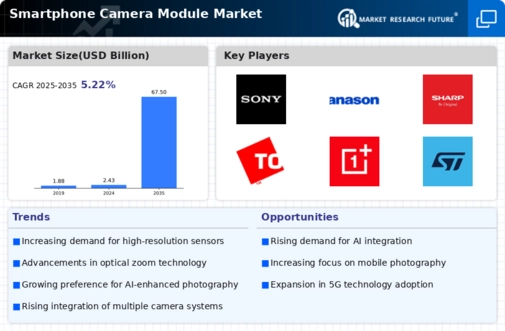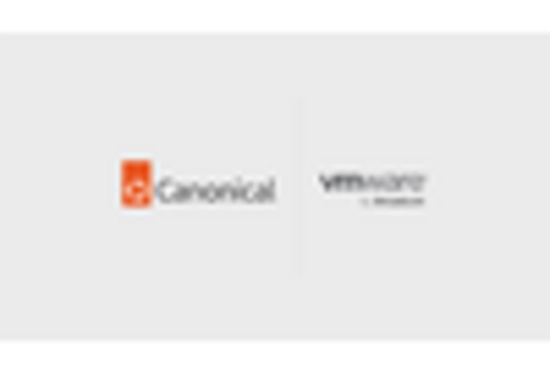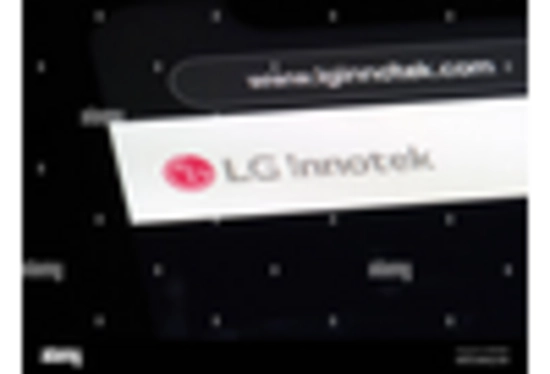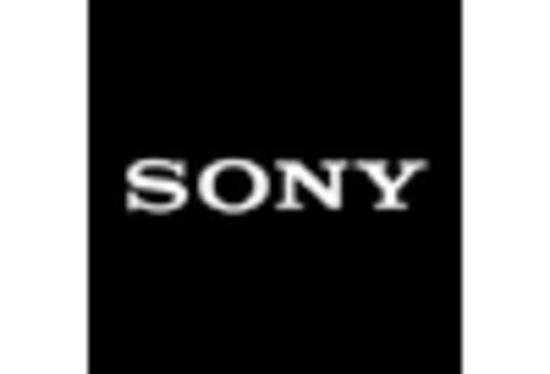Emergence of 5G Technology
The emergence of 5G technology is poised to impact the Smartphone Camera Module Market significantly. With faster data transfer speeds and lower latency, 5G enables users to upload high-resolution images and videos seamlessly. This capability encourages the development of more advanced camera modules that can capture and transmit high-quality content in real-time. As 5G networks become more widespread, the demand for smartphones equipped with superior camera modules is expected to rise. Manufacturers are likely to focus on integrating 5G compatibility into their devices, further driving growth in the Smartphone Camera Module Market.
Advancements in Camera Technology
Technological advancements play a pivotal role in shaping the Smartphone Camera Module Market. Innovations such as computational photography, which utilizes algorithms to enhance image quality, are becoming increasingly prevalent. The introduction of features like night mode and portrait mode has transformed the way users capture images, making smartphones a preferred choice over traditional cameras. Furthermore, the market is witnessing a shift towards higher megapixel counts, with some smartphones now featuring camera modules with over 100 megapixels. This evolution in camera technology not only attracts photography enthusiasts but also encourages casual users to explore their creative potential, thereby propelling the Smartphone Camera Module Market forward.
Growing Popularity of Social Media
The Smartphone Camera Module Market is significantly influenced by the growing popularity of social media platforms. As users increasingly share images and videos online, the demand for high-quality camera modules has intensified. Reports indicate that over 80 percent of smartphone users engage with social media, often using their devices to capture and share content. This trend compels manufacturers to enhance camera capabilities, ensuring that users can produce visually appealing content. Consequently, the Smartphone Camera Module Market is likely to continue expanding as brands strive to meet the evolving needs of social media-savvy consumers.
Increasing Demand for High-Quality Photography
The Smartphone Camera Module Market experiences a notable surge in demand for high-quality photography capabilities. Consumers increasingly prioritize camera performance, leading manufacturers to innovate and enhance their camera modules. This trend is evidenced by the fact that approximately 70 percent of smartphone users consider camera quality a critical factor in their purchasing decisions. As a result, companies are investing heavily in advanced technologies such as optical image stabilization and larger sensor sizes to meet consumer expectations. The integration of these features not only improves image quality but also enhances user experience, thereby driving growth in the Smartphone Camera Module Market.
Consumer Preference for Versatile Camera Features
Consumer preferences are shifting towards smartphones that offer versatile camera features, which is a key driver in the Smartphone Camera Module Market. Users are increasingly seeking devices that provide multiple shooting modes, such as wide-angle, macro, and telephoto capabilities. This trend is reflected in the rise of multi-camera systems, which allow users to experiment with different photography styles. Market data suggests that smartphones with multi-camera setups are gaining traction, accounting for a significant share of sales. As manufacturers respond to this demand by developing innovative camera modules, the Smartphone Camera Module Market is likely to witness sustained growth.

















Leave a Comment